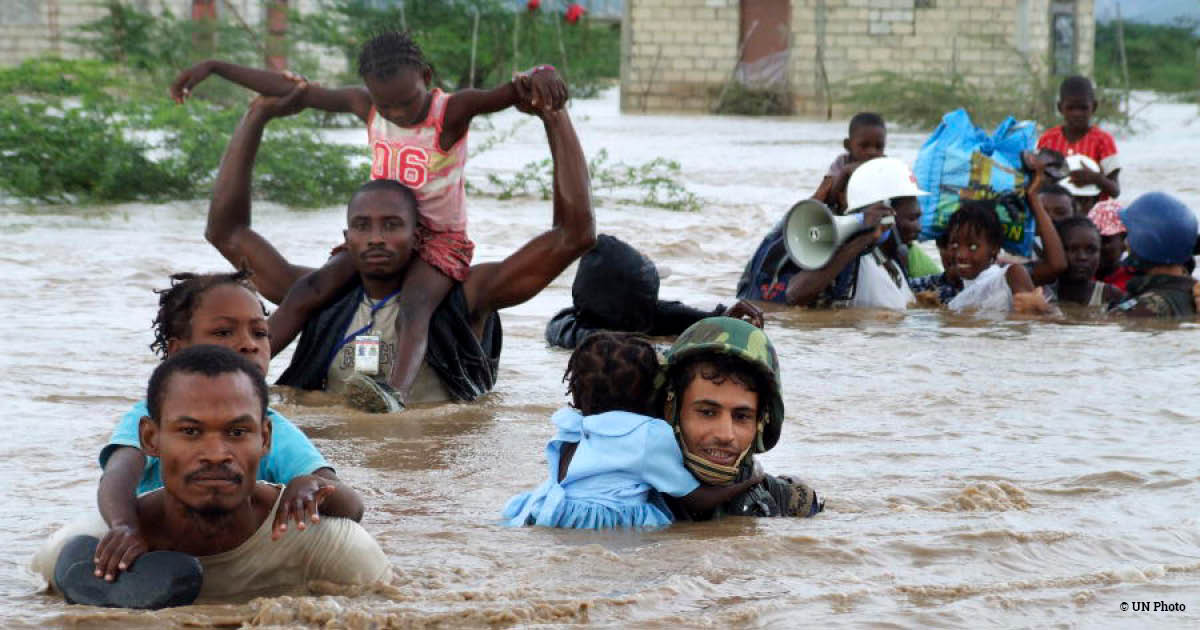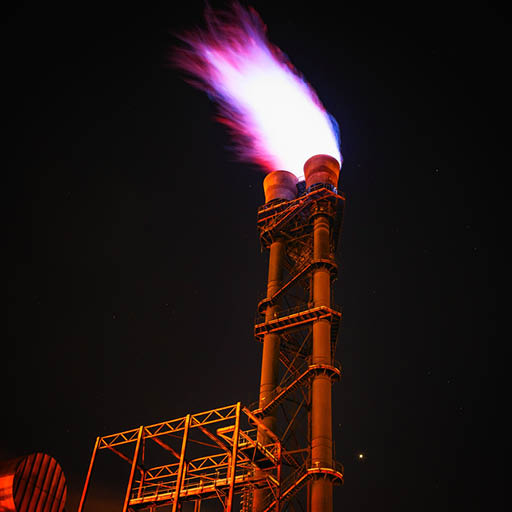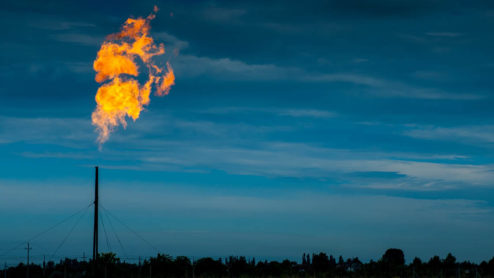Climate report warns of missing a ‘rapidly closing window to secure a liveable future’ – is anyone listening?
With all eyes on Ukraine, the latest climate change report seems to have come and gone with little fanfare or attention, despite the stark warning in its 3,500-plus pages.
Scientists from around the world collated evidence from more than 34,000 scientific papers to produce the latest update on the impact of climate change on our world – painting a stark picture of a potential future for humankind.
 After two weeks of online meetings between Parties and authors of the report, the Intergovernmental Panel on Climate Change (IPCC) recently published the contribution of Working Group II to the IPCC’s Sixth Assessment Report (AR6) Climate Change 2022: Impacts, Adaptation and Vulnerability.
After two weeks of online meetings between Parties and authors of the report, the Intergovernmental Panel on Climate Change (IPCC) recently published the contribution of Working Group II to the IPCC’s Sixth Assessment Report (AR6) Climate Change 2022: Impacts, Adaptation and Vulnerability.
The first Working Group report on the physical science basis of climate change sounded a ‘code red for humanity’, finding that greenhouse gas emissions from human activities have caused approximately 1.1°C of global warming and that the threshold of 1.5°C is expected to be exceeded over the next 20 years.
The latest report (WGII) explores the observed and projected impacts and risks of climate change and our ability to adapt to them. It also looks more closely at the most vulnerable and highlights the role of social justice and indigenous and local knowledge in adapting to climate change.
The next report by WGIII is expected in April and will focus on mitigation, the ways in which we can and must reduce emissions to avoid dangerous climate change.
The WGII report shows clearly that climate change is already severely impacting people and ecosystems everywhere. Limiting warming to 1.5°C can greatly reduce negative climate impacts, but some of these negative impacts are already happening. We are living in the era of loss and damage; the cost of climate change (of mitigation and adaptation) is increasing and will continue to increase the more we delay, but the cost of inaction is greater.
Extreme weather is doing more harm than ever before and the fingerprints of climate change are clear in many of these events. These extremes are occurring at increased frequency, intensity and duration.
 The world’s poorest and most vulnerable are being hit the hardest by the impacts of climate change, which is threatening many of the sustainable development goals. The report also provides more evidence of the connections between climate change and conflict, showing how climate change is contributing to humanitarian crises where climate hazards interact with high vulnerability.
The world’s poorest and most vulnerable are being hit the hardest by the impacts of climate change, which is threatening many of the sustainable development goals. The report also provides more evidence of the connections between climate change and conflict, showing how climate change is contributing to humanitarian crises where climate hazards interact with high vulnerability.
Stress and mortality due to increasing temperatures and heat extremes is cited as a key risk for Africa, Australasia, Europe and North America. Extreme heat has resulted in increased human mortality and morbidity and is projected to worsen as the century progresses. Heatwaves are amplifying the urban heat islands and negatively affecting air quality.
This finding is central to EIA’s Climate work on cooling as increased temperatures, urban heat islands and heatwaves will increase the need for cooling, which is currently provided by climate-damaging equipment using large amounts of electricity and containing super-polluting refrigerant gases.
A rise in the adoption of air-conditioning to adapt to these temperature increases will only exacerbate climate change further and increase inequality, as those most vulnerable are unable to afford to stay cool. An urgent reduction in demand for cooling is needed through better building and city design, optimising shade, breeze and using better materials. Where cooling is necessary, it should be met through super-efficient equipment using natural refrigerants, which would greatly reduce its environmental impact.
 The report finds that adaptation is more urgent than previously thought and is underfunded. While adaptation has increased since the last report in 2014, it has mostly been reactive, small-scale and incremental rather than systemic and transformational.
The report finds that adaptation is more urgent than previously thought and is underfunded. While adaptation has increased since the last report in 2014, it has mostly been reactive, small-scale and incremental rather than systemic and transformational.
Safeguarding biodiversity and ecosystems is fundamental to our ability to adapt, but limits to adaptation are already being met in some species and ecosystems and even more will be reached with every increment of additional warming.
Our ability to adapt is increasingly limited if emissions do not rapidly decline. The global trend of urbanisation offers a time limited opportunity to build resilient climate development through inclusive planning and investment in urban infrastructure. However, dominant models of energy-intensive, poorly planned urbanisation risks locking in maladaptation through investment in stranded assets.
Our current energy infrastructure and ongoing dependence on fossil fuels is resulting in high methane emissions, which urgently need to be reduced as we work to end fossil fuel consumption. Poor urban planning is locking in high demand for inefficient cooling systems using climate damaging refrigerants gases.
Every fraction of a degree is dangerous and increases risk. Even a marginal or temporary overshoot of the 1.5°C threshold will have severe consequences for billions of people and ecosystems. Many impacts will persist even if temperatures return to 1.5°C and many will be irreversible.
 Reducing emissions from short-lived climate pollutants (SLCPs), including methane and hydrofluorocarbons (HFCs), can quickly impact the rate of warming and potentially avoid irreversible climate tipping points, critical thresholds which, when exceeded, lead to large and often irreversible changes.
Reducing emissions from short-lived climate pollutants (SLCPs), including methane and hydrofluorocarbons (HFCs), can quickly impact the rate of warming and potentially avoid irreversible climate tipping points, critical thresholds which, when exceeded, lead to large and often irreversible changes.
The key takeaways from the Summary for Policy Makers, a distillation of the whole report, paints a dire outlook for the future of our planet – Antonio Guterres, Secretary General of the UN, warned it depicts ‘an atlas of human suffering’.
However, the report makes clear that there is still time to avoid some of the worst negative impacts forecast if we rapidly and drastically cut emissions and improve adaptation.
Every fraction of a degree of additional warming is dangerous and exposes humans, species and ecosystems to potentially irreversible damage, so fast action on cutting emissions from short-lived climate pollutants, including methane and HFCs, is imperative – in tandem with drastic cuts in carbon dioxide emissions – to buy us time before we breach our adaptation limits.
While this monumental climate report may not get the attention or news coverage it would normally be given due to Russia’s invasion of Ukraine, the two are closely interlinked – fossil fuels, and our dependence on them, are driving both crises.




